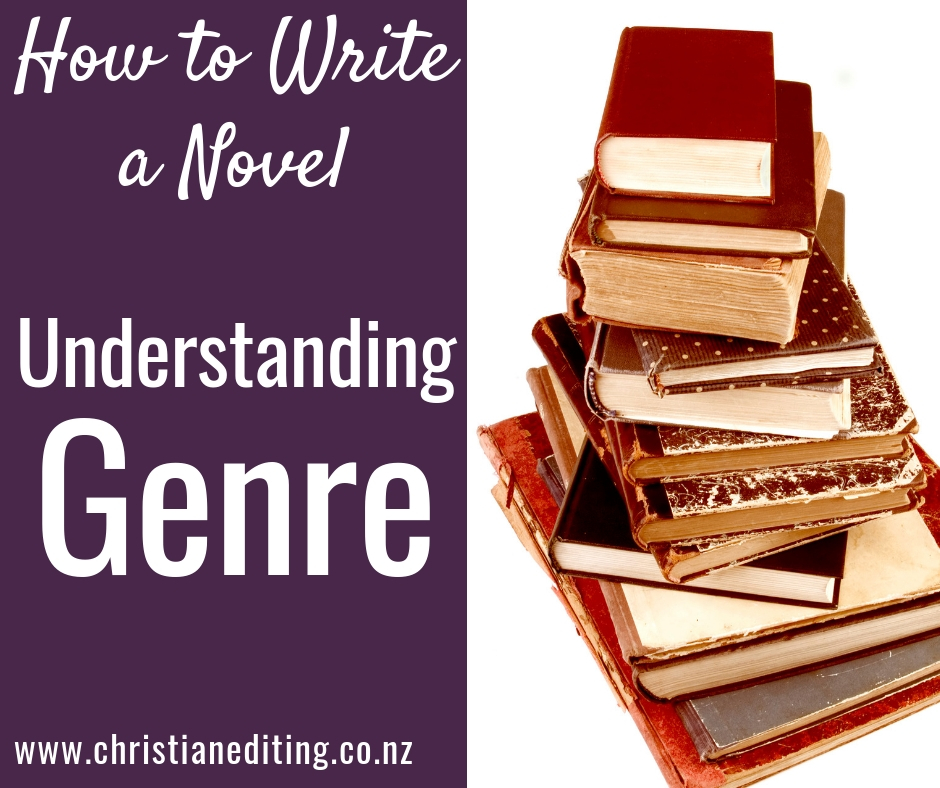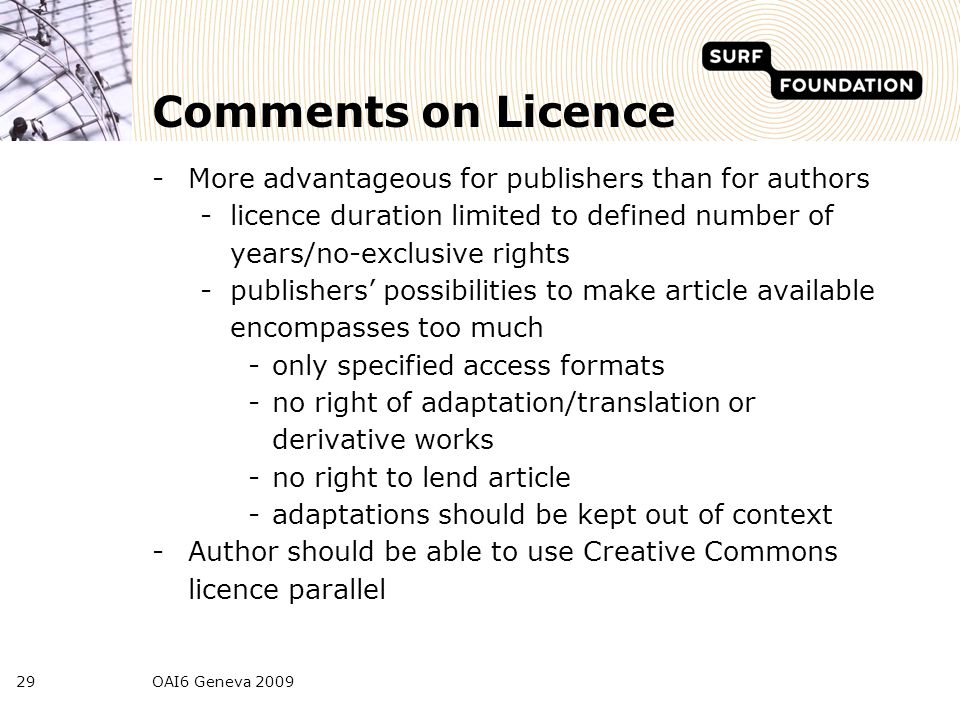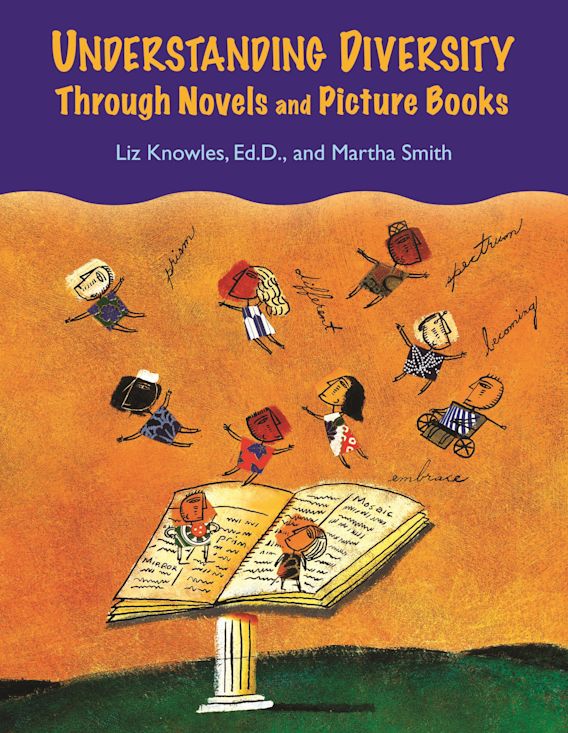Welcome to the fascinating world of Alamy! If you're a photographer, designer, or content creator, you may have stumbled upon this stock photography platform. Alamy stands out with its diverse collection of over 200 million images, catering to various needs—from editorial to commercial use. But what really sets it apart is its unique licensing model, designed to empower both contributors and buyers. Let's dive into how
At its core, Alamy offers a variety of licensing options, ensuring that contributors receive fair compensation for their work. The main types of licenses include:
- Royalty-Free (RF): A one-time fee allows unlimited use of the image without additional payments.
- Rights Managed (RM): Pricing is based on the specific use of the image, taking into account factors like duration and geography.
- Editorial Use Only: Images can be used in news articles or blogs but not for commercial purposes.
For contributors, this means you can select the type of license that best fits your work and target market. By offering both RF and RM options, Alamy provides flexibility, appealing to a broader audience. Plus, their transparent pricing model helps buyers understand what they’re getting, making it easier to justify their purchases.
Another key feature of Alamy’s licensing model is the contributor's royalty rate, which is one of the highest in the industry. Photographers can earn up to 50% of the sale price, depending on the licensing option chosen. This high rate encourages quality submissions and helps build a thriving community of talented photographers.
In essence, Alamy's licensing model is designed to create a win-win situation for everyone involved, fostering creativity and allowing photographers to flourish while providing buyers with a vast array of options.
Defining Novel Use in Stock Photography

Have you ever heard the term "novel use"? In the realm of stock photography, it refers to the innovative or unique applications of images that go beyond traditional uses. Understanding novel use is crucial for both photographers and buyers, as it can impact licensing agreements and pricing. So, what does it really mean and why is it important?
Novel use can encompass a range of applications, including:
- New Media: Using images in formats not previously considered, such as virtual reality, augmented reality, or interactive content.
- Unique Contexts: Incorporating images into unexpected contexts, like using a landscape photo in an unrelated sci-fi novel cover.
- Cultural Projects: Employing images in community art projects or installations that tell a story or provoke thought.
When images are used in novel ways, they often require specific licensing arrangements. This is where understanding the implications of novel use comes into play. Photographers might want to negotiate higher fees due to the unique nature of the usage, as it can increase the image's value significantly. For buyers, recognizing the potential for novel use may encourage them to invest in higher-quality images that can elevate their projects.
Moreover, novel use can lead to greater exposure for both the photographer and the buyer. A creative application of an image can attract attention on social media or in publications, ultimately benefiting everyone involved. It’s like a ripple effect—what starts as a single image can spark a wave of creativity, leading to new opportunities.
In conclusion, understanding novel use is vital for anyone in the stock photography field. It opens doors to innovative applications that can enhance the value of images and boost creativity across various projects. So, whether you're a contributor looking to maximize your opportunities or a buyer seeking unique visuals, embracing the concept of novel use can lead to exciting possibilities!
Also Read This: How to Obtain Free Stock Photos from Alamy Safely and Legally
3. Importance of Licensing for Contributors

When it comes to selling your creative work, whether it's photography, illustrations, or videos, understanding licensing is crucial. For contributors on platforms like Alamy, the way you manage your licensing can significantly impact your career and earnings.
Why is licensing so important? Licensing gives you control over how your work is used and ensures you get compensated fairly. Think of it as setting the rules for your artwork: you decide who can use it, how they can use it, and for what purpose. Without proper licensing, you run the risk of your work being used without your permission, leading to lost revenue and potential legal issues.
Here are some key points to consider:
- Protection of Your Rights: Licensing protects your intellectual property. By clearly stating the terms of use, you safeguard your rights as an artist.
- Potential for Higher Earnings: Different types of licenses can lead to different payment structures. For example, exclusive licenses often come with higher fees compared to non-exclusive ones, as buyers are paying for the assurance that they are the only ones who can use the work.
- Clarity and Transparency: Good licensing practices provide clarity for both you and the buyer. When everyone knows the rules, it reduces the chances of misunderstandings.
- Building Professional Relationships: By demonstrating a solid understanding of licensing, you present yourself as a professional. This can lead to repeat business and referrals.
It’s also essential to stay informed about the licensing terms specific to Alamy and how they differ from other platforms. Each platform has its own guidelines and practices, so taking the time to understand these can set you apart from the competition.
Also Read This: Understanding the Rules for Using Alamy Stock Photos Legally
4. How Novel Use Affects Contributor Earnings

When we talk about "novel use" in the context of licensing, we’re referring to the innovative and often unexpected ways your work can be utilized. It goes beyond traditional use cases, such as editorial or commercial applications, and taps into emerging markets and trends. Understanding novel use is vital for contributors as it can significantly influence your earnings.
Consider this: a photo of a serene landscape can be licensed for a travel magazine, but what if that same image is also used in a virtual reality experience or a mobile app? This is where novel use comes into play, and it can translate into higher earnings for you as a contributor.
Here are a few ways in which novel use can impact your income:
- Diversified Income Streams: Novel use opens up various avenues for your work. By licensing your images for different applications, you’re not just reliant on one source of income.
- Increased License Fees: When buyers seek your work for non-traditional uses, they often recognize the additional value it brings. This can lead to higher license fees as they are paying for something unique and innovative.
- Market Trends and Demand: Staying updated on industry trends can help you anticipate which types of novel uses may rise in popularity. For example, with the growth of digital content consumption, your visual content may be in demand for social media campaigns, podcasts, and more.
- Strengthening Your Portfolio: Embracing novel use encourages you to diversify your work. This can enhance your portfolio, showcasing your versatility and increasing your appeal to potential buyers.
Ultimately, understanding and embracing novel uses for your work not only elevates your visibility but also ensures you're maximizing your earning potential as a contributor on platforms like Alamy.
Also Read This: A Complete Guide to Purchasing Photos on Alamy for Personal or Commercial Use
5. Examples of Novel Use in Different Contexts

When it comes to understanding novel use on platforms like Alamy, it's essential to grasp how this concept plays out across various contexts. Novel use essentially refers to the application of images and content in ways that might not have been anticipated when the original licensing agreement was made. Here are some illustrative examples:
- Advertising Campaigns: Imagine a photograph licensed for a travel magazine. If that same image is later used in a digital ad campaign for a travel agency, this can constitute novel use. The initial license typically covers specific uses, and using the image in a new medium—like online ads—could require additional permissions.
- Merchandise Creation: Consider an illustration originally licensed for a blog. If the blog owner decides to print the artwork on T-shirts or mugs, they’re engaging in novel use. This shift from digital to physical products often raises questions about the original licensing terms and whether they accommodate such applications.
- Social Media Marketing: Let’s say a stock photo is used in a magazine article but later appears in a promotional post on a brand’s Instagram. This new context can be seen as novel use. The reach and audience differ significantly, and thus, the licensing agreement may need revisiting to ensure it covers social media platforms.
- Educational Materials: A photo used in a presentation for a corporate meeting might have been initially licensed for editorial use. If the same image is later included in a published textbook, that usage may not fall under the original terms, thus constituting a novel use.
- Film and Video Production: If a filmmaker uses a stock image in a documentary that will be distributed widely, this is another example of novel use. The licensing for film is often distinct and may require a completely different agreement compared to traditional editorial uses.
Understanding these examples helps clarify the implications of novel use for both creators and users of content. It’s crucial to always refer back to the licensing agreements to ensure compliance and avoid potential legal issues.
6. How to Navigate Licensing Agreements on Alamy
Navigating licensing agreements on Alamy can seem daunting, especially with the nuances of novel use in mind. However, with a few strategic steps, you can ensure a smooth experience both as a contributor and as a buyer. Here’s how to go about it:
- Understand the Types of Licenses: Alamy offers various licensing options, including Royalty-Free and Rights Managed. Familiarize yourself with these terms to know what rights you’re acquiring or granting. For instance, Royalty-Free licenses allow for broad usage, while Rights Managed licenses specify how, where, and for how long an image can be used.
- Read the Fine Print: Always take the time to read the specific terms of each licensing agreement. Pay attention to clauses related to novel use. This is where you'll find crucial information about how the image can be utilized and any restrictions that may apply.
- Ask Questions: If something isn’t clear, don’t hesitate to reach out to Alamy’s support. They can provide guidance on specific licensing terms and help clarify any points of confusion.
- Consider the Future: When licensing an image, think about potential future uses. If you anticipate using the image in ways not covered by the initial agreement, consider negotiating a broader license upfront. This proactive approach can save you headaches down the line.
- Keep Records: Maintain a thorough record of all licensing agreements and correspondence related to the usage of images. This not only helps you stay organized but also protects you in case of disputes regarding licensing terms.
By following these steps, you can confidently navigate Alamy’s licensing landscape, ensuring that you respect the rights of content creators while also protecting your own use of the images.
 admin
admin








